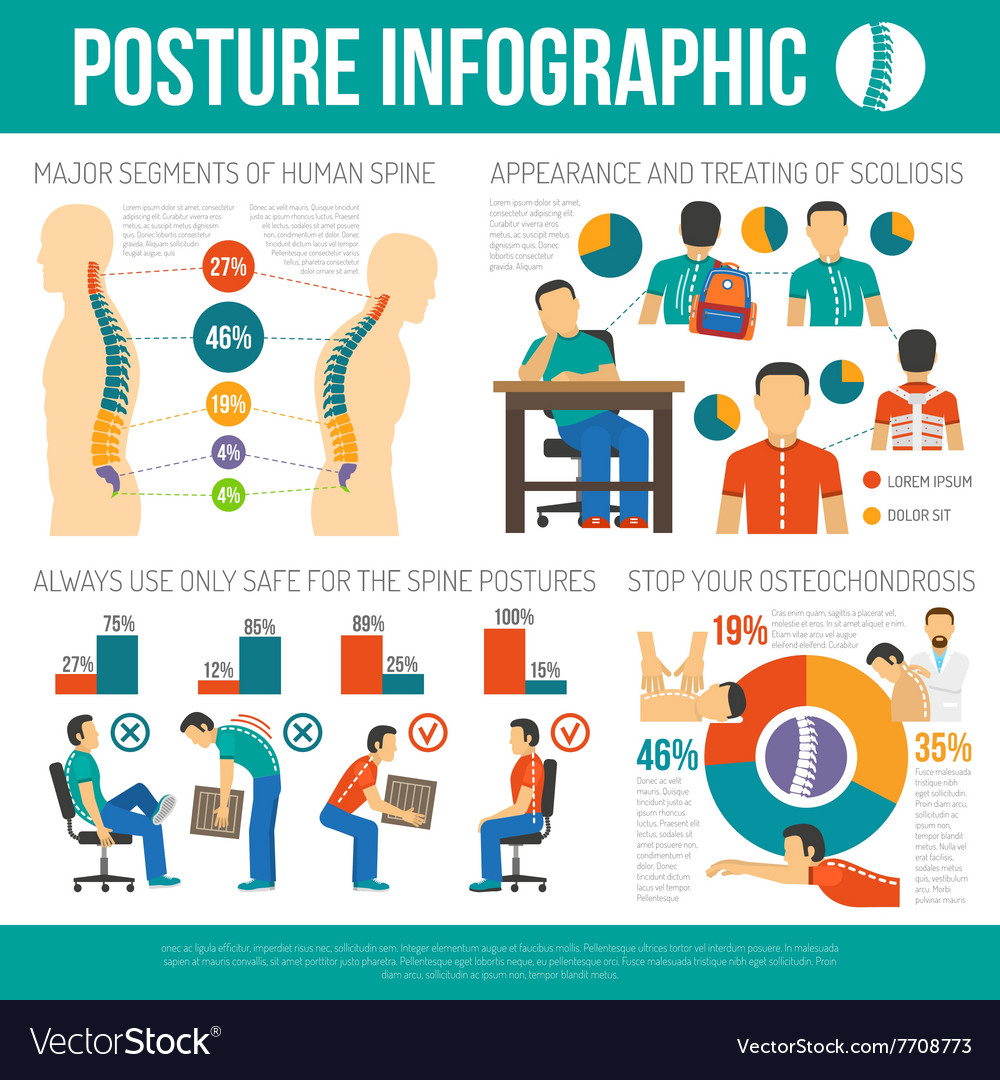Standards For Establishing An Ergonomic Work Area To Minimize Neck Pain: A Detailed Step-By-Step Strategy
Standards For Establishing An Ergonomic Work Area To Minimize Neck Pain: A Detailed Step-By-Step Strategy
Blog Article
Write-Up Author-Lee Broe
To prevent neck discomfort at your workstation, guaranteeing your configuration is ergonomically audio is vital. Imagine a work space where each element is tailored to support your body's positioning and reduce pressure. By following a couple of easy steps, you can transform your desk area into a place of convenience and performance. But just how specifically can you achieve this harmonious equilibrium in between job and health? Let's explore the important suggestions to create an ergonomic workspace that will maintain neck pain away.
Assess Your Existing Setup
Wondering if your existing office is contributing to your neck pain? Take a minute to assess your configuration. Start by taking a look at your computer system monitor. Is it at eye level, or do you find yourself regularly looking up or down? Adjust the display so that your gaze is normally according to the top of the screen.
Next off, consider your chair. Are you slumping over or hunching over while you function? Your chair needs to support your lower back and promote great position. Readjust the elevation to ensure that your feet are flat on the floor and your knees go to a 90-degree angle.
Take note of the setting of your keyboard and mouse. Are they within simple reach, or are you continuously reaching and straining your arms and shoulders? Maintain these tools close to your body to lessen unnecessary movements.
Last but not least, think about your lights. Is it too brilliant or also dim? Appropriate illumination can lower eye stress and reduce tension in your neck. Make these little modifications to produce a much more ergonomic work area and assistance relieve your neck pain.
Adjust Your Chair and Desk
To develop an extra ergonomic work space and lower neck discomfort, guaranteeing proper change of your chair and desk is essential. Start by adjusting your chair to ensure that your feet remainder flat on the floor, knees are at a 90-degree angle, and your lower back is sustained by the chair's lumbar support. Your desk ought to go to arm joint elevation to keep correct arm position and lower pressure on your neck and shoulders. Make sure there's enough area under the desk for your legs to relocate comfortably.
When changing your desk elevation, ensure your wrists stay straight while inputting and making use of the mouse. Your screen needs to go to eye level, regarding an arm's length away, to stop you from stressing your neck by looking down or up. Maintain your key-board and mouse close to stay clear of overreaching, which can cause shoulder and neck pain.
Remember to take breaks and stretch regularly to avoid stiffness and advertise blood circulation. By appropriately readjusting your chair and desk, you can create a work area that supports good pose and reduces the threat of neck pain.
Placement Your Screen and Keyboard
For optimal comfort designs and to ease neck strain, proper positioning of your screen and key-board is necessary in your office setup. Begin by positioning your display straight in front of you at arm's length away, guaranteeing the top of the screen goes to or somewhat listed below eye level. This helps reduce strain on your neck by keeping it in a neutral placement.
Setting the keyboard to ensure that your elbows are bent at a 90-degree angle and your wrists are straight while inputting. Your keyboard must be positioned at a height that allows your shoulders to remain relaxed and your arms to be parallel to the floor. Additionally, make certain the mouse is put next to your keyboard at the exact same level to stay clear of getting to or turning.
Bear in mind to take time-outs to extend and adjust your stance throughout the day, keeping great positioning and protecting against neck discomfort. An efficient work area with appropriately positioned display and keyboard can significantly affect your comfort and performance.
Verdict
In conclusion, by following these straightforward steps to produce an ergonomic office, you can considerably reduce neck discomfort and pain. Bear in mind to assess your present setup, change your chair and workdesk, and position your monitor and keyboard properly. By taking Source Webpage , you can improve your general convenience and productivity while working.
